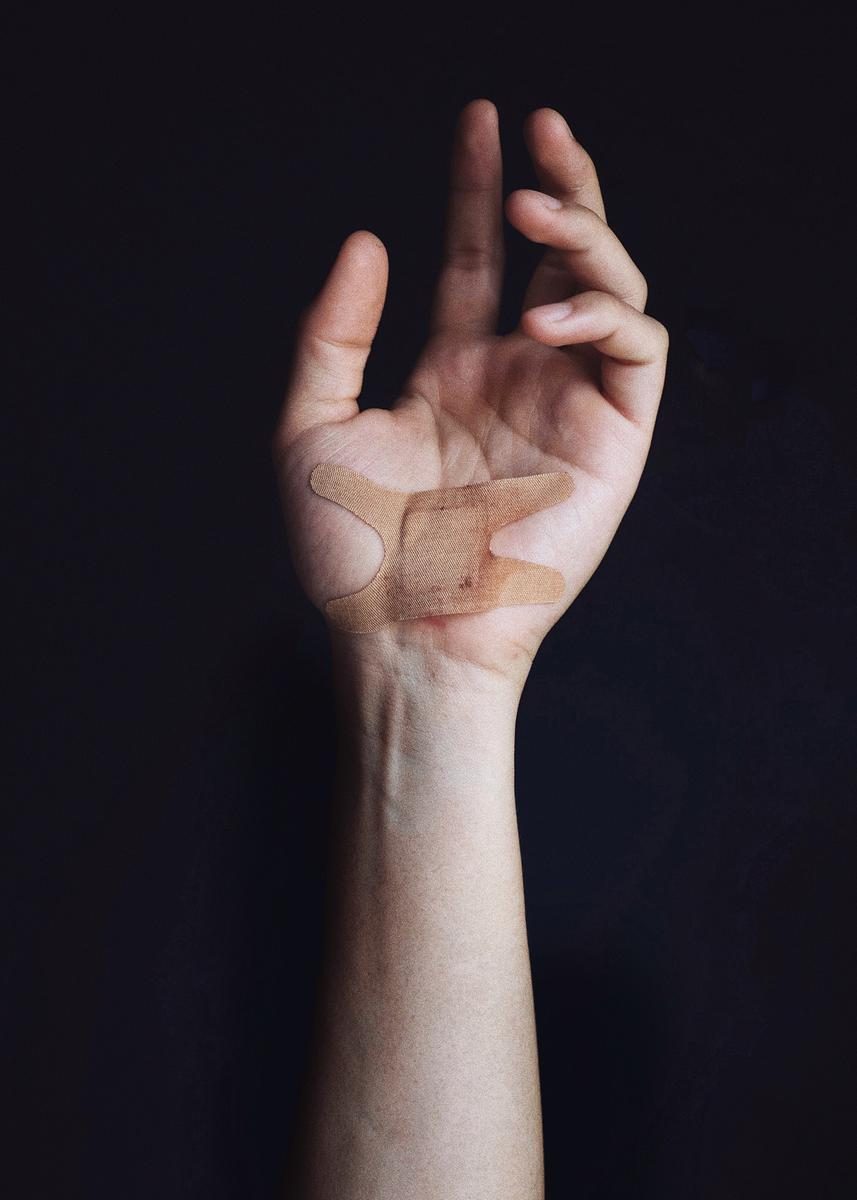Why Aren’t Dermatologists More Involved in Wound Care?
My time doing wound healing research has shown me not only the gaps in the literature, but also the deficit of dermatologists involved in wound care. One would think that our expertise in caring for the integument would automatically translate into eminence when it comes to the treatment of injuries. However, involvement of dermatologists when it comes to wounds, including burns and chronic wounds, is not considered standard practice. Around the country, wound care clinics are more often than not run by providers of other specialties such as surgeons or rheumatologists. While our counterparts in other specialties are clearly vital to the care of patients with wounds, especially in acute cases, it has been proven that the involvement of a dermatologist leads to better outcomes for patients and the improvement of these outcomes is becoming more vital each year.
With our aging population and the increased prevalence of chronic conditions that could predispose patients to wounds, like type II diabetes, wound care will become more and more important in the medical field, and to the overall economy. Healthcare expenditures have exceeded $25 billion per year for the estimated 6.5 million patients affected by chronic wounds in the US. With this much at stake, you may wonder why our specialty is not more invested in addressing these patients and their needs.
Part of the reason for this is a lack of education from the very beginning. All one need to do is look at the proceedings from national dermatology conferences, where talks about wound healing are rare, to realize that we see wound care as a small or obscure part of our jobs, and that it should take a backseat when it come to education. This deficit in education and training was characterized by a 2015 study from the Journal of Drugs in Dermatology that our group took part in, which found that 77% of dermatology residents felt they needed more wound care training. Furthermore, the majority of surveyed residents only received between 0 and 5 hours of instruction about the pathophysiology of wound care throughout their residency. The outcome of this lack of education was reflected in theresidents’ plans for their careers, with only 49% planning to treat acute or chronic wounds.
How does this play out in clinical practice? Our research group attempted to characterize the problem when it comes to burns managed by dermatologists in a retrospective chart review in 2015. We found that patients infrequently reported to dermatology clinics for management of burns. Our data also suggested that many of these patients were either already following with a dermatologist for another condition, or that their burn was a secondary complaint. We also found that the type of burn injuries seen in a dermatology clinic mirror what is seen in emergency departments, but at much lower rates. Lastly, we noted that many of the providers prescribed treatments such as silver sulfadiazine, which the literature suggests is a suboptimal choice for wound healing. In the discussion of this paper, we posit that lack of availability of urgent or follow up appointments may be leading patients to seek treatment at urgent care or emergency departments, and that tasking designated nurses or physician extenders with becoming more specialized in wound care may lead to better outcomes.
The lack of dermatologist involvement in the treatment of wounds will need to be addressed on several fronts: first, making a commitment to improve our own education and clinical skills when it comes to wound care will be key to taking the lead among our colleagues when it comes to wound healing. Second, ensuring that this topic is covered by residency program didactics and in continuing medical education will be key to making sure we are well versed in the topic, in order to provide the best care possible for patients. This may mean prioritizing wound healing as part of resident education, or ensuring that it is a topic addressed at every relevant conference. Lastly, making sure that patients will have access to our services is key – whether this means adding urgent appointments, or having a dedicated nurse or physician extender for wound care. By taking these steps, we can ensure that our expertise in skin results in better outcomes for patients with wounds.
Stay tuned for Part 2, which will discuss principles for selecting a proper wound dressing.
Did you enjoy this article? For more on topics like this, click here!

